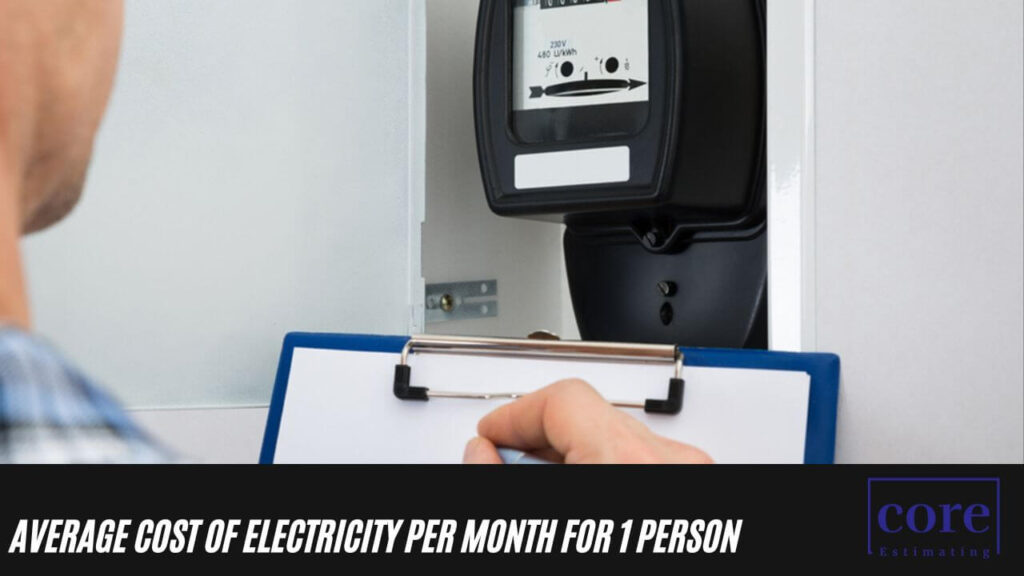Electricity is an indispensable utility, with bills that vary across the United States. In this guide, we delve into the factors influencing your monthly electric bill, offering insights on consumption, average costs, and ways to reduce expenses.
Average Monthly Electric Bill in the US
Understanding the national average is crucial. As of November 2020, the average US electric bill stands at $119 per month, up from $115 in 2019. Various factors contribute to this fluctuation, including regional demand and supplier differences.
If you’re in need of construction estimate services, simply go to homepage or follow the links below:
| Services | Links |
|---|---|
| Detailing Services | Link |
| Building Information Modeling | Link |
| General Contractor | Link |
| Subcontractors | Link |
| MEP | Link |
Factors Affecting Electric Bills
Several elements impact your electric bill:
1. Energy Use Per Capita
The US leads globally in electricity consumption per capita. State-level differences exist, emphasizing the importance of knowing your state’s average for effective budgeting.
2. Average Cost per kWh
The average cost of electricity in the US is approximately 13.4 cents per kWh. This rate, influenced by regional disparities, significantly contributes to the overall bill.
Calculating Your Electricity Costs
Understanding your consumption is vital. Use the formula:
Monthly Electricity Use×Average Cost per kWh=Electricity Bill (in cents)Monthly Electricity Use×Average Cost per kWh=Electricity Bill (in cents)
Monthly Electricity Use×(Average Cost per kWh100)=Electricity Bill (in dollars)Monthly Electricity Use×(100Average Cost per kWh)=Electricity Bill (in dollars)
Electricity Costs Based on Household Size
Household size impacts costs. Single-person households pay around $79, while two-person households pay approximately $110. Apartments generally incur lower bills due to reduced heating and cooling needs.
| Number of People | Average Electricity Bill (Apartment) | Average Electricity Bill (House) |
|---|---|---|
| 1 Person | $55-60 | $79 |
| 2 Persons | $65-85 | $110 |
| 3 People | $80-95 | $130 |
Average Electricity Prices Across States
State-specific rates play a significant role. For instance, Texas has a rate of $0.196 per kWh, while Hawaii’s rate is $0.1114 per kWh, contributing to variations in average bills.
Factors Influencing State Bills
Understanding the average bill by state requires considering multiple factors:
1. Climate
Climate influences usage patterns. Hotter or colder regions experience increased energy consumption for heating or cooling.
2. State Electricity Rates
Each state has different rates, impacting the overall cost. Renewable energy efforts, like those in Texas, can lead to lower rates.
3. Energy Supplier
In deregulated states, the choice of energy provider affects costs. Fair pricing and additional services can influence your decision.
Tips to Lower Your Electric Bill
1. Unplug Unused Electronics
Invest in smart power strips to cut standby power usage, reducing overall costs.
2. Use Energy-Efficient Appliances
Switching to energy-efficient appliances can significantly lower consumption, leading to substantial savings.
3. Install a Smart Thermostat
Optimize heating and cooling expenses by installing a smart thermostat, reducing energy use during idle periods.
4. Embrace Solar Panels
Consider solar panels to generate clean energy, offsetting a portion of your consumption and reducing your carbon footprint.
Conclusion
Understanding your electric bill involves analyzing multiple factors. By considering your consumption patterns, regional rates, and adopting energy-efficient practices, you can take control of your electricity costs.






